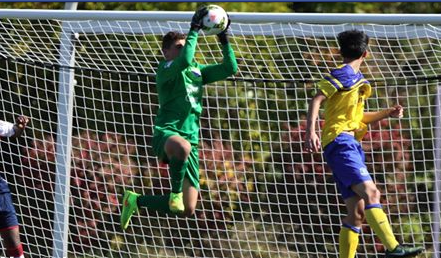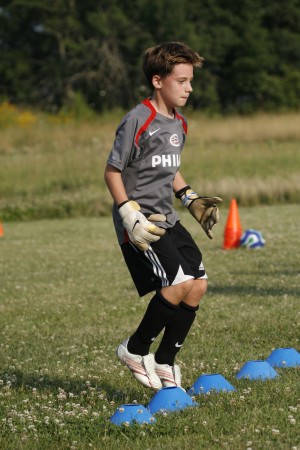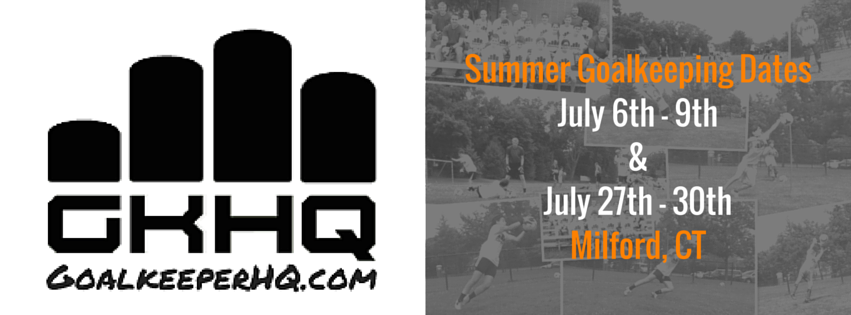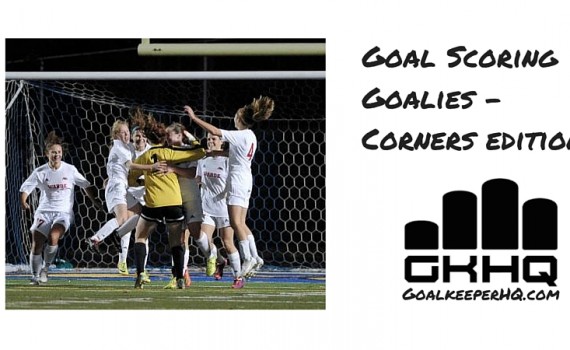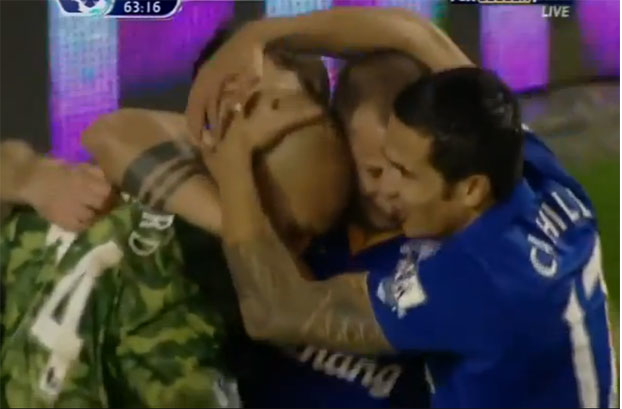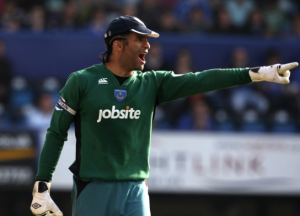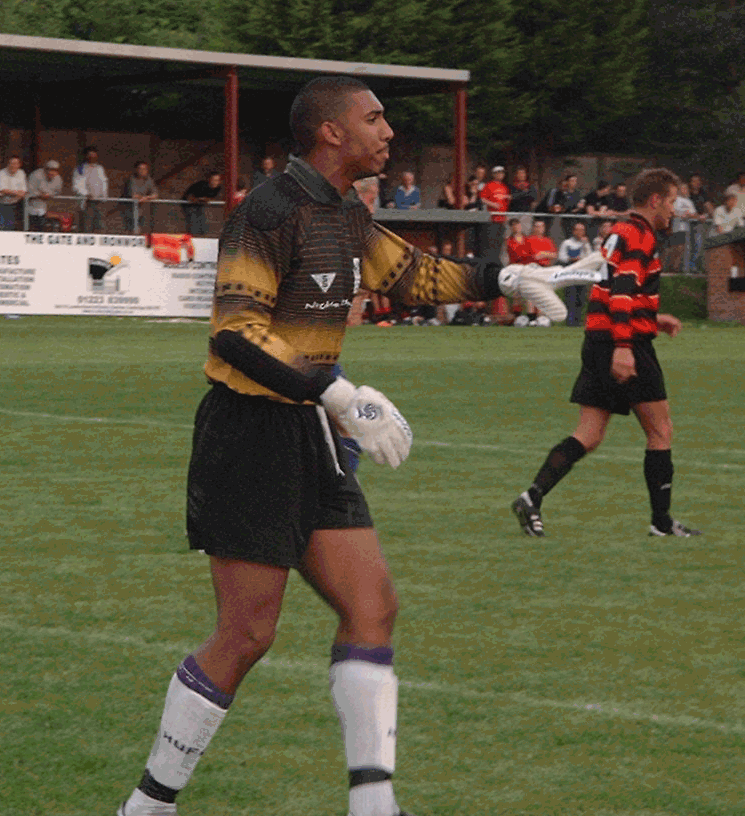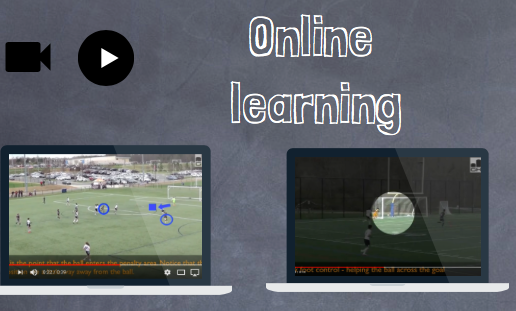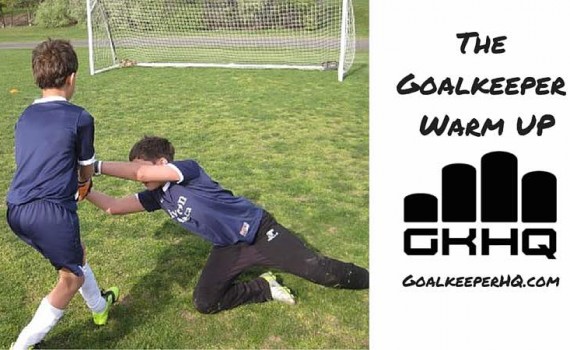
The goalkeeper warm up
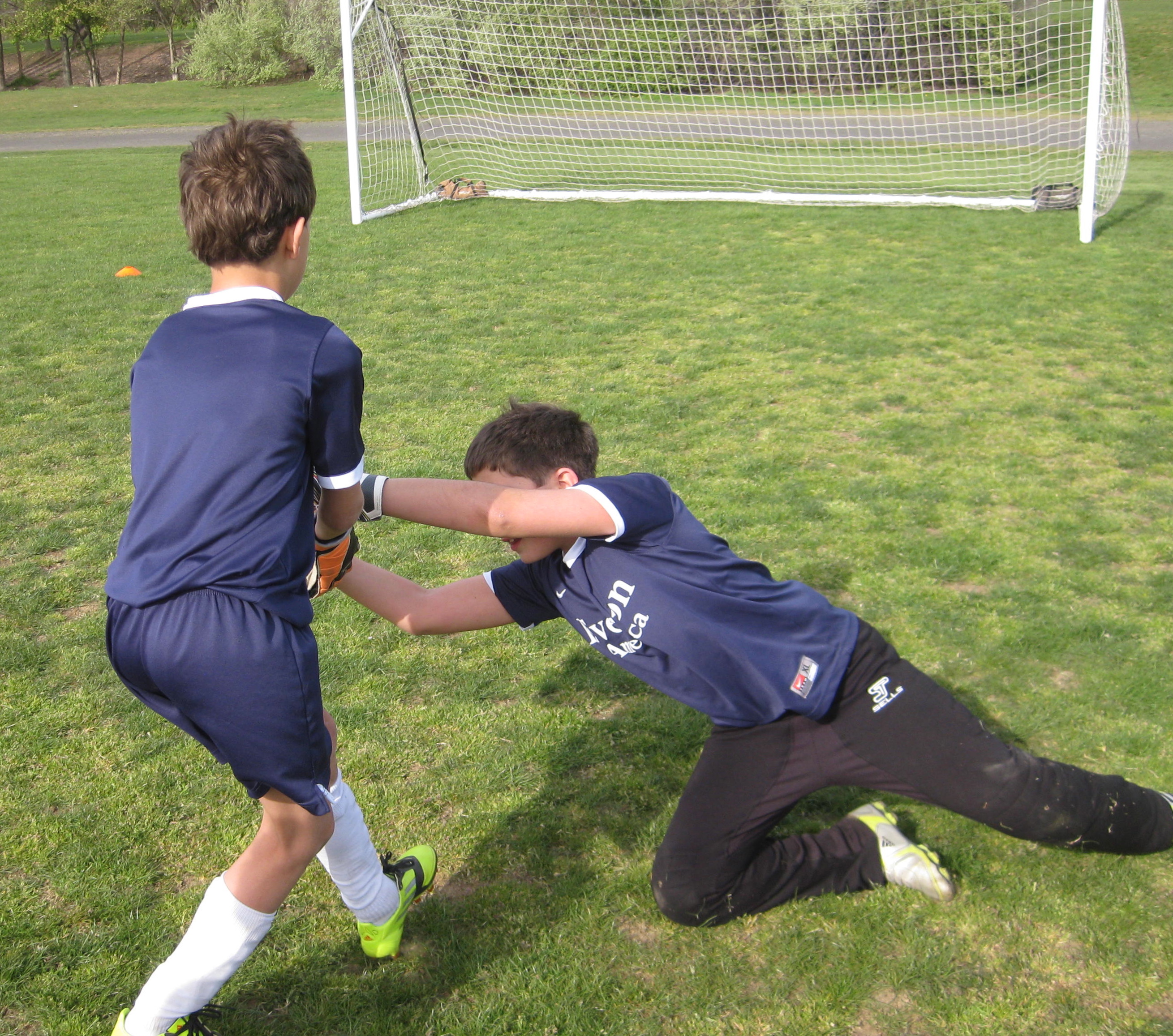 As a goalkeeper, you need to prepare both your mind and body before a game. You have to be confident that you are in the best possible shape to play.
As a goalkeeper, you need to prepare both your mind and body before a game. You have to be confident that you are in the best possible shape to play.
The Goalkeeper’s warm up should be different from that of an outfield player and should ideally consist of three parts. 1) Dynamic flexibility 2) Speed of feet 3) GK Specific action.
Dynamic flexibility can be done individually and Speed of feet done with the team in the SAQ part of the warm up. Below is a suggested GK specific warm up that should be done with another goalkeeper, a coach or a team mate.
Rock ‘n Rolls – GK sits down. Server throws ball to either side of the GK who saves, rocks and powers back up to sitting position
One knee diving save – GK in one knee position. Server holds ball to side that GK has foot on ground. GK pushes through the ball using inside leg to push forward. Soft landings.
Near post & cross – Using the goal, server drops ball along goal line outside the line of the post. Upon catching and throwing back to server, the goalkeeper glides back across goal to collect a high ball. Do both sides of goal. Progress to pressure
Three goal situation ( saving goal 2 ) –Server on goal line, cutting balls back across 6 yd box. GK outside line of post to save in second goal. If GK cheating, server may shoot near post. Do both sides.
Angled crosses & throwing distribution – Server takes numerous crosses / shots from outside the penalty box, making their way from goal line to middle and across to other side. After saving the GK should distribute with a throw to dictate position of next service.
Diving at feet – GK on knees around penalty spot. Server runs at one pace from edge of box to left or right post. Progress to standing GK reacting to server controlling aerial balls and driving to goal
Goal kicks & punts – At a growing distance, GK controls back passes and distributes with feet, progressing to goal kicks and various punt / drop kicks
You should not hold back on the warm up as you are performing tasks that would be expected in a game. Get yourself mentally right by performing these physical tasks to the best of your ability.
Depending on time available, you may need to do less repetitions. Remember to leave enough time to collect your thoughts and focus on the game in hand. Wet your gloves, adjust equipment, talk to team mates ( especially defenders ) and know game plan from coach. Leave nothing to chance.
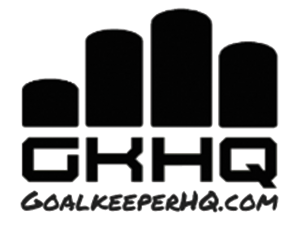
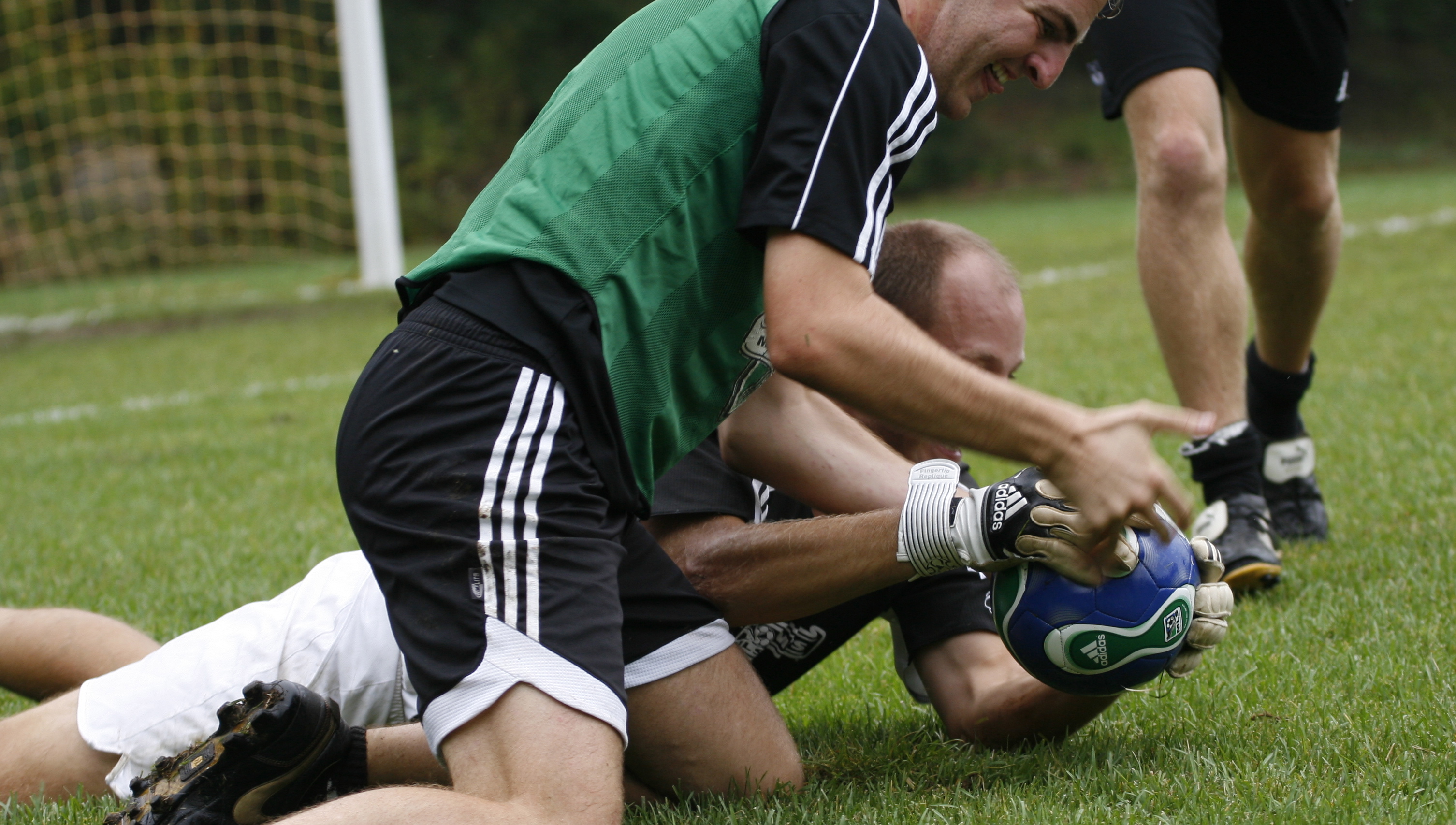

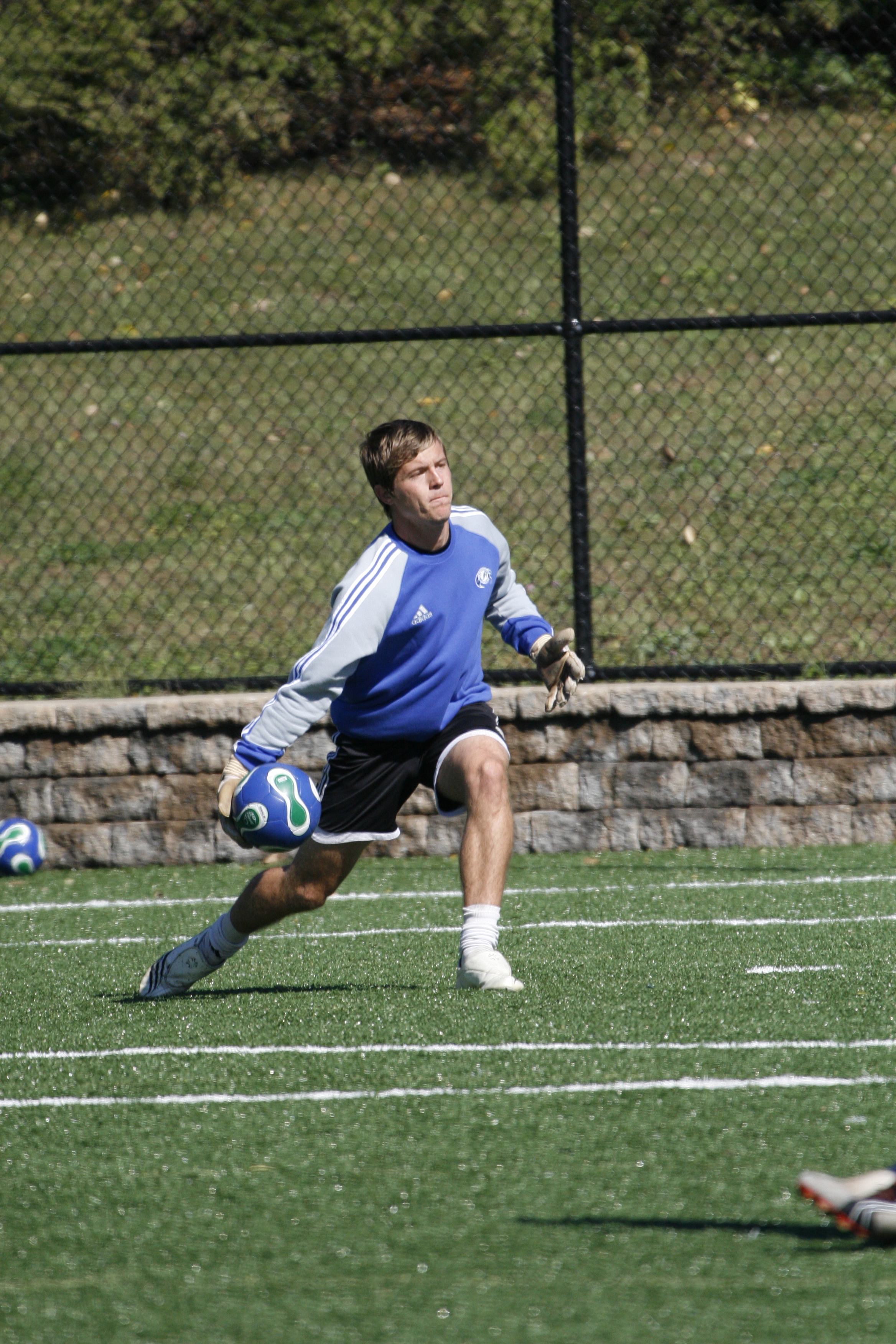
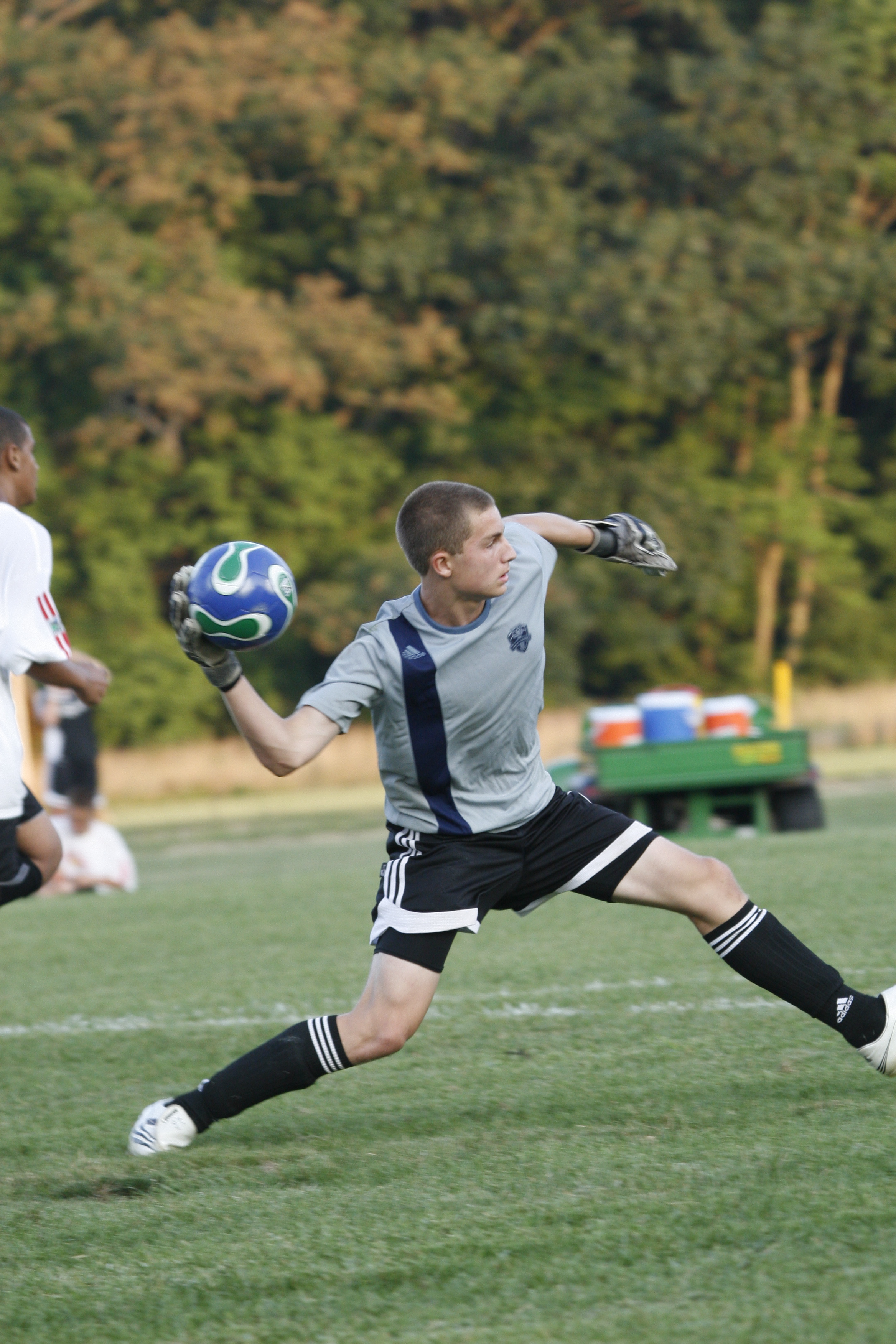
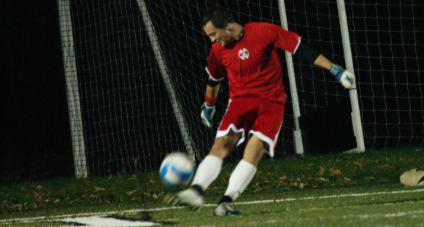
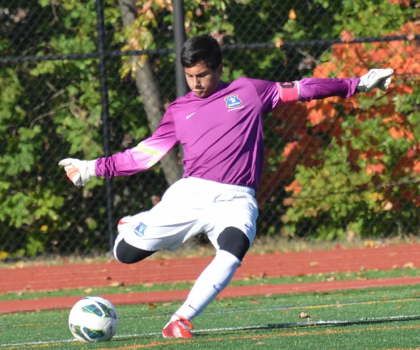
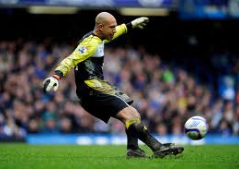 It is important that you, as a goalkeeper are an integral part of the game. Taking Goal Kicks and Free Kicks in your third of the field is part of that. There is nothing worse than having very little to do in the game, and then a shot goes wide where you chase after the ball and then have an outfield player take the kicks.
It is important that you, as a goalkeeper are an integral part of the game. Taking Goal Kicks and Free Kicks in your third of the field is part of that. There is nothing worse than having very little to do in the game, and then a shot goes wide where you chase after the ball and then have an outfield player take the kicks.